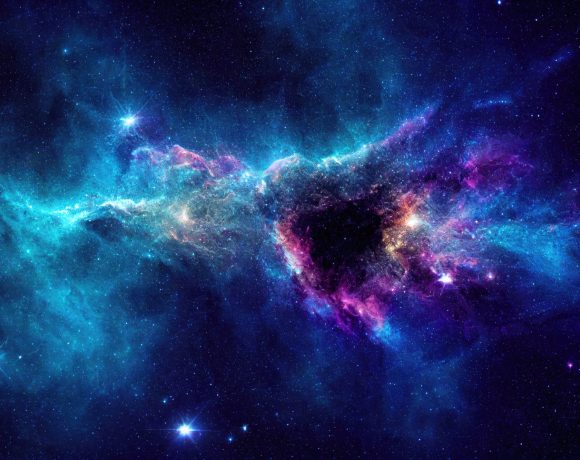
ISRO-NASA NISAR Satellite Set for June 2025 Launch
The Indian Space Research Organisation (ISRO) and the National Aeronautics and Space Administration (NASA) are preparing to launch the NASA-ISRO Synthetic Aperture Radar (NISAR) satellite in June 2025. This collaborative Earth observation mission aims to monitor Earth’s dynamic ecosystems, ice masses, and crustal movements. The satellite will be deployed into orbit by ISRO’s Geosynchronous Satellite Launch Vehicle, designated GSLV-F16, from the Satish Dhawan Space Centre in Sriharikota.
NISAR is designed to scan nearly all of Earth’s land and ice surfaces every 12 days, providing high-resolution data critical for understanding environmental changes, natural disasters, and climate dynamics.
ISRO-NASA Collaboration
Initiated in 2014, the NISAR mission represents a significant partnership between ISRO and NASA. NASA has contributed the L-band Synthetic Aperture Radar (SAR) payload, along with supporting systems such as the payload data subsystem, high-rate science downlink system, GPS receivers, and a solid-state recorder. ISRO has developed the S-band SAR payload, the spacecraft bus, and is providing the launch vehicle and associated services.
The satellite features a 12-meter-wide deployable mesh reflector antenna mounted on a 9-meter boom, facilitating the dual-frequency radar observations. This configuration allows for comprehensive monitoring of Earth’s surface, capturing data on various scales and depths.
Earth Observation Mission
NISAR’s dual-band radar system, combining L-band and S-band frequencies, enables the satellite to detect a wide range of surface changes. The L-band radar is adept at penetrating dense vegetation and soil, making it suitable for monitoring forest biomass and subsurface movements. The S-band radar excels at detecting smaller surface features, such as soil moisture variations and subtle land deformations.
The mission’s objectives include tracking glacier and ice sheet dynamics, observing land subsidence and uplift, monitoring agricultural patterns, and assessing natural hazards like earthquakes and landslides. By providing consistent, high-resolution data, NISAR will support a range of applications, from disaster response to resource management.
Following its launch, NISAR will undergo an in-orbit checkout phase before commencing a three-year science operations period, during which it will collect and transmit data to support global Earth science research.


















